For cleaning the kitchen, you should use a special bleach solution that will protect the surfaces in the best way possible. It is possible to prevent the transmission of illness by maintaining a clean and sanitary home on a regular basis. The majority of the time, cleaning is all that is required to eliminate most of the germs that are present on surfaces, including harmful viruses or bacteria. If no one in your household is unwell and no one recently visited your home who was ill, then there is a good chance that sanitizing your home to prevent the spread of illnesses is not essential. If you want to disinfect surfaces in your home but don’t have any household disinfectants available, you may make a bleach solution and apply it to a variety of different surfaces in your home. This solution may be used to successfully kill germs after it has been diluted appropriately. How to Make Safe and Effective Use of Bleach to Clean Before disinfecting a surface using household bleach, be sure that any areas that are plainly dirty have been cleaned with soap or detergent.  Bleach products may be used without risk if the following instructions are adhered to: The directions are located on the label of the bleach product. Find out whether you are required to wear any protective gear, such as gloves or eye protection, and act accordingly. Bleach for the home or any other kind of disinfectant or cleaning should never be used with anything else. This may cause the discharge of fumes that should not be breathed in at all costs. If you are going to use bleach-containing goods indoors, you need to make sure there is enough ventilation (for example, open windows and doors to allow fresh air to enter). Make the investment in some unscented, normal home bleach. The typical range for sodium hypochlorite in home bleach is between 5 and 9 percent. Do not make use of a bleach product whose % is outside of this range, or which does not specify its percentage. This includes some laundry bleach products as well as splash-less bleach, none of which should be used for disinfecting purposes.
Bleach products may be used without risk if the following instructions are adhered to: The directions are located on the label of the bleach product. Find out whether you are required to wear any protective gear, such as gloves or eye protection, and act accordingly. Bleach for the home or any other kind of disinfectant or cleaning should never be used with anything else. This may cause the discharge of fumes that should not be breathed in at all costs. If you are going to use bleach-containing goods indoors, you need to make sure there is enough ventilation (for example, open windows and doors to allow fresh air to enter). Make the investment in some unscented, normal home bleach. The typical range for sodium hypochlorite in home bleach is between 5 and 9 percent. Do not make use of a bleach product whose % is outside of this range, or which does not specify its percentage. This includes some laundry bleach products as well as splash-less bleach, none of which should be used for disinfecting purposes.  Simply following the directions listed on the bleach container is all that is required to make a bleach solution that has been diluted. If the bottle of bleach you purchased did not come with any instructions, you may produce a solution by mixing one gallon of water at room temperature with five teaspoons of bleach, which equals one-third of a cup. At room temperature, a quart of water should be mixed with four tablespoons of bleach. When applying the bleach solution to surfaces, it is imperative that you always follow the directions provided by the manufacturer. If there are no specific instructions, you should let the bleach solution that has been diluted sit on the surface for at least one minute before removing it or wiping it off. This concept is referred to as the “contact time” during the disinfection process. The surface has to remain visibly damp during the whole of the contract time. After you have finished cleaning or disinfecting, wash your hands. Every day, make a fresh solution of diluted bleach. Bleach solutions that have been combined with water for longer than 24 hours won’t be as effective.
Simply following the directions listed on the bleach container is all that is required to make a bleach solution that has been diluted. If the bottle of bleach you purchased did not come with any instructions, you may produce a solution by mixing one gallon of water at room temperature with five teaspoons of bleach, which equals one-third of a cup. At room temperature, a quart of water should be mixed with four tablespoons of bleach. When applying the bleach solution to surfaces, it is imperative that you always follow the directions provided by the manufacturer. If there are no specific instructions, you should let the bleach solution that has been diluted sit on the surface for at least one minute before removing it or wiping it off. This concept is referred to as the “contact time” during the disinfection process. The surface has to remain visibly damp during the whole of the contract time. After you have finished cleaning or disinfecting, wash your hands. Every day, make a fresh solution of diluted bleach. Bleach solutions that have been combined with water for longer than 24 hours won’t be as effective. 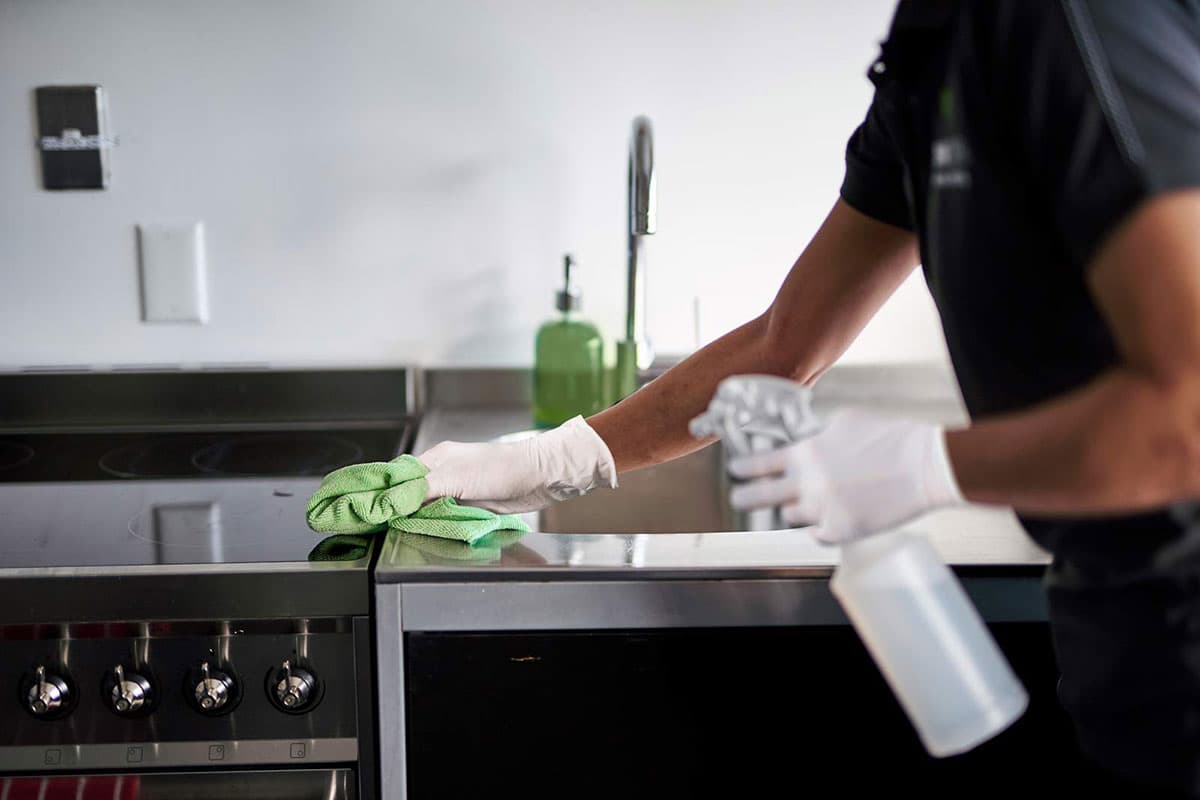 Bleach with nothing else is a good combination. It may seem like the perfect approach to produce a super-effective kitchen cleaner to combine home bleach with other kitchen cleansers, particularly ones that include ammonia or acid; nevertheless, you should never, ever do this. This might result in the emission of hazardous gases, which can produce a variety of symptoms including chest discomfort, nausea, and coughing, among others. Certain glass and window cleaners, paints, and urine all contain ammonia in varying concentrations (so be careful using bleach on toilet bowls, diaper pails, or pet messes). Just one more time: you should never, ever mix bleach with anything else water. Bleach has a limited amount of time until it expires. Bleach is one of the many cleaning solutions that loses its active component with time, as is the case with the vast majority of other cleaning products on the market (how quickly this happens depends on many factors including your storage conditions or if you leave the cap off for extended periods of time).
Bleach with nothing else is a good combination. It may seem like the perfect approach to produce a super-effective kitchen cleaner to combine home bleach with other kitchen cleansers, particularly ones that include ammonia or acid; nevertheless, you should never, ever do this. This might result in the emission of hazardous gases, which can produce a variety of symptoms including chest discomfort, nausea, and coughing, among others. Certain glass and window cleaners, paints, and urine all contain ammonia in varying concentrations (so be careful using bleach on toilet bowls, diaper pails, or pet messes). Just one more time: you should never, ever mix bleach with anything else water. Bleach has a limited amount of time until it expires. Bleach is one of the many cleaning solutions that loses its active component with time, as is the case with the vast majority of other cleaning products on the market (how quickly this happens depends on many factors including your storage conditions or if you leave the cap off for extended periods of time).  Because bleach ultimately dissolves into a combination that is primarily salt and water, the residual component of the solution is readily broken down in normal sewage treatment facilities, thus this is really excellent news for the environment. Bleach is a useful substance to have in the kitchen. Even though many of you despise having to use bleach in the kitchen, it is possible to properly sterilize surfaces if it is applied in the correct manner and according to the manufacturer’s instructions. Remember that after applying bleach to a surface, it will normally need to be allowed to air dry or washed with water before it can be used again. It is able to purify the water that is used for drinking. The Centers for Disease Control and Prevention (CDC) suggests adding 1/8 of a teaspoon of regular, unscented liquid bleach to one gallon of water. After thoroughly combining the ingredients, waiting half an hour before drinking is recommended.
Because bleach ultimately dissolves into a combination that is primarily salt and water, the residual component of the solution is readily broken down in normal sewage treatment facilities, thus this is really excellent news for the environment. Bleach is a useful substance to have in the kitchen. Even though many of you despise having to use bleach in the kitchen, it is possible to properly sterilize surfaces if it is applied in the correct manner and according to the manufacturer’s instructions. Remember that after applying bleach to a surface, it will normally need to be allowed to air dry or washed with water before it can be used again. It is able to purify the water that is used for drinking. The Centers for Disease Control and Prevention (CDC) suggests adding 1/8 of a teaspoon of regular, unscented liquid bleach to one gallon of water. After thoroughly combining the ingredients, waiting half an hour before drinking is recommended.  It is able to lengthen the time that cut flowers may remain fresh in a vase. In the event that they did not arrive with one of those preservation packs, you are able to produce your own: Add one spoonful of sugar and two teaspoons of lemon juice to each quart of water that you are working with. Bleach, in the amount of a half teaspoon, may further inhibit the development of germs. We are one of the most well-established makers of bleach in the area, having accumulated years of expertise, and you may place an order for this product in a variety of containers, ranging from bottles holding one liter to drums holding forty liters.
It is able to lengthen the time that cut flowers may remain fresh in a vase. In the event that they did not arrive with one of those preservation packs, you are able to produce your own: Add one spoonful of sugar and two teaspoons of lemon juice to each quart of water that you are working with. Bleach, in the amount of a half teaspoon, may further inhibit the development of germs. We are one of the most well-established makers of bleach in the area, having accumulated years of expertise, and you may place an order for this product in a variety of containers, ranging from bottles holding one liter to drums holding forty liters.
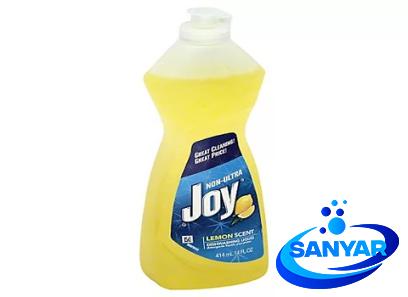
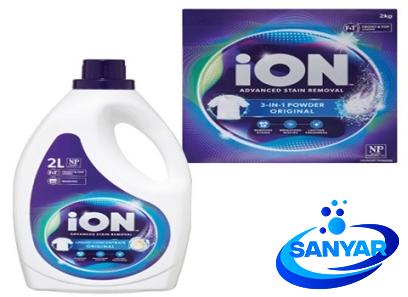
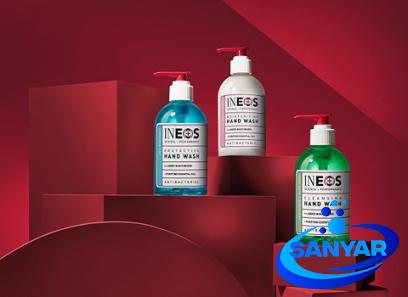
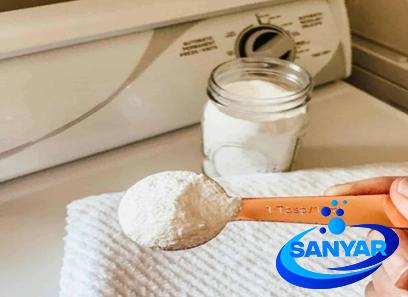
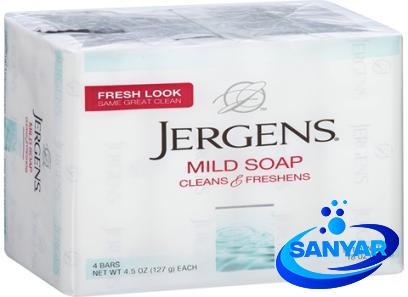
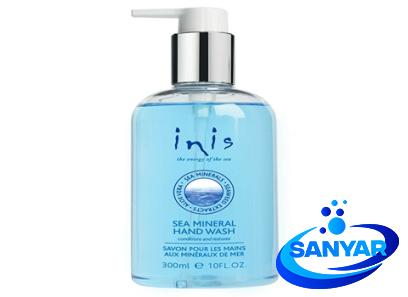
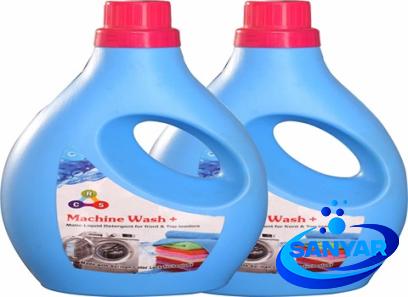
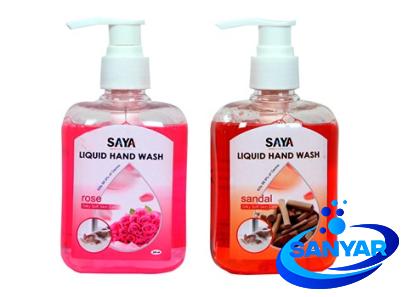

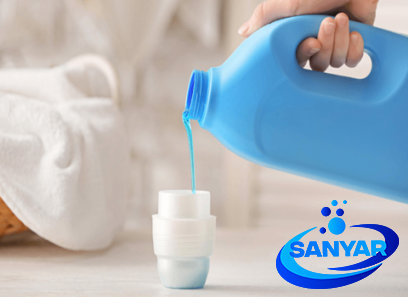
Your comment submitted.